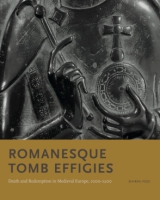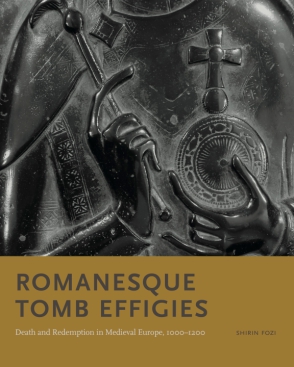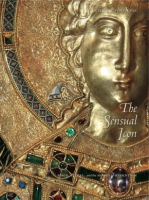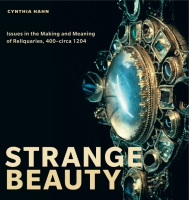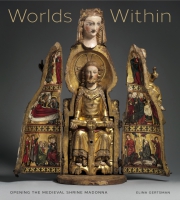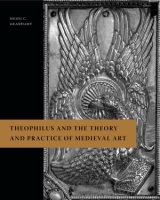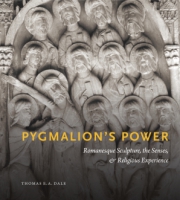Romanesque Tomb Effigies
Death and Redemption in Medieval Europe, 1000–1200
Shirin Fozi
Winner of the 2022 International Center of Medieval Art Annual Book Prize“This is a must-have resource.”
- Description
- Reviews
- Bio
- Table of Contents
- Sample Chapters
- Subjects
In sharp contrast to later recumbent funerary figures, none of the known European tomb effigies made before circa 1180 were commissioned by the people they represented, and all of the identifiable examples of these tombs were dedicated to individuals whose legacies were fraught rather than triumphant. Fozi draws on this evidence to argue that Romanesque effigies were created to address social rather than individual anxieties: they compensated for defeat by converting local losses into an expectation of eternal victory, comforting the embarrassed heirs of those whose histories were marked by misfortune and offering compensation for the disappointments of the world.
Featuring numerous examples and engaging the visual, historical, and theological contexts that inform them, this groundbreaking work adds a fresh dimension to the study of monumental sculpture and the idea of the individual in the northern European Middle Ages. It will appeal to scholars of art history and medieval studies.
“This is a must-have resource.”
“This is a masterful study, moreover beautifully produced and lavishly illustrated, which brings forward spectacular new insights on the earliest European effigial tomb sculpture. It is a ‘must’ for all those interested in early-medieval tomb sculpture, and can be highly recommended for everyone interested in medieval tomb sculpture in general.”
“This deeply researched and insightful book fills a significant lacuna in the study of medieval sculpture, portraiture, and commemoration. It makes a vital contribution to the field’s ‘material turn,’ bringing together monuments in stone, metal, and stucco to reveal both their distinctive properties and their interconnections. At the same time, Fozi never lets us forget the real human beings these tombs honored or the communities that took pride in and comfort from these depictions.”
Shirin Fozi is Paul and Jill Ruddock Associate Curator at The Met Cloisters.
Contents
List of Illustrations
Acknowledgements
List of Abbreviations
Introduction
1. Epitaphs
2. Rulers
3. Patrons
4. Canonesses
5. Proliferation
Notes
Bibliography
Index
Download a PDF sample chapter here: Introduction
Also of Interest
Mailing List
Subscribe to our mailing list and be notified about new titles, journals and catalogs.
